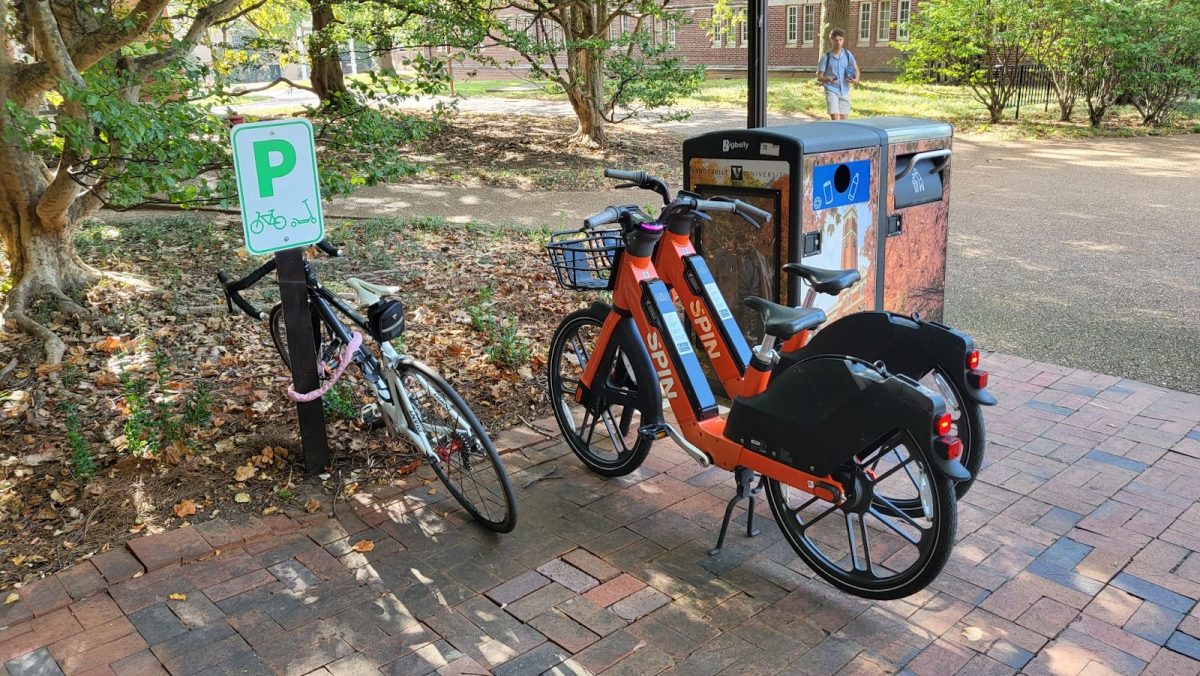Living in dorms, it’s not always the easiest to control the temperature of your room. Sometimes you open the door to a frozen tundra. Other times, you walk in only to discover you’ve entered the Sahara Desert. Besides being extremely frustrating, these extreme fluctuations in temperatures take a toll on the environment. According to the Journal of Earth Science and Climatic Change, heating and cooling buildings is attributed to about one-third of all greenhouse gas emissions. This number is only expected to rise; in 2004, the building sector produced 8.6 billion metric tons of CO2 equivalent and is projected to see a 26% increase to 15.6 billion metric tons by 2030. By investing in smart thermostats, citizens can reduce their carbon footprint, save money and live more comfortably.
Adding smart thermostats to homes, schools and businesses diminishes a building’s carbon emissions. Of all energy consumption in buildings, over 60% of it is dedicated to Heat, Ventilation and Air-Conditioning (HVAC) systems and, in developing countries, heating and cooling is attributed to nearly one-fifth of the total national energy use. Smart thermostats can mitigate this energy drain by distinguishing when the building is occupied or not, learning users’ preferences and promoting them to adopt more energy efficient behavior. This technology also offers a demand response that has the potential to reduce consumption at times of maximum energy use, highest pricing and when most greenhouse gases are released. According to Drawdown, these features should reduce CO2 emissions by 2.62 gigatons by 2050 if 704 million homes implement the technology as they project. As such, this technology could be highly effective at decreasing greenhouse gas emissions and reducing global climate change.
Besides being environmentally friendly, smart thermostats are also a good investment. An average programmable thermostat costs anywhere from $90 to $150, and the typical US family spends about $1,100 per year on just heating and cooling. The smart thermostat is more expensive at around $200, but has the potential to reduce building heating and cooling use by at least 10-15% annually. In fact, according to the aforementioned 704 million home projection, the net implementation cost would be around $74.16 billion, while the net operational savings would total to $640.1 billion by the year 2050. Savings would be nearly nine times as great as the cost of adding the system, proving that smart thermostats are a beneficial investment.
As mentioned before, smart thermostats adjust to the user’s lifestyle, making the building a much more comfortable area to inhabit. With a few settings preferences, smart thermostats will learn temperature preferences of the occupants, adjust to schedule changes and suggest ways to save energy. For example, a smart thermostat can detect when it’s a hot day and learn when to lower the air conditioning so that the building is cool when occupants arrive. In winter months, the thermostat can detect when a household is sleeping and lower the temperature accordingly. Users can even download an app to control the thermostat from afar and get information on their heating and cooling use. Ease of use and preference setting allows the smart thermostat to make for an easier, more comfortable lifestyle.
Smart thermostats can benefit users both environmentally and economically, while making their homes and businesses more comfortable places to live. By installing this technology, people can reduce their carbon footprints, save hundreds on their energy bills, and live in a more comfortable environment that adjusts to all their preferences. While we might be stuck in extreme-temperature dorms now, hopefully one day smart thermostats will fix our problems, along with the rest of the world’s.




